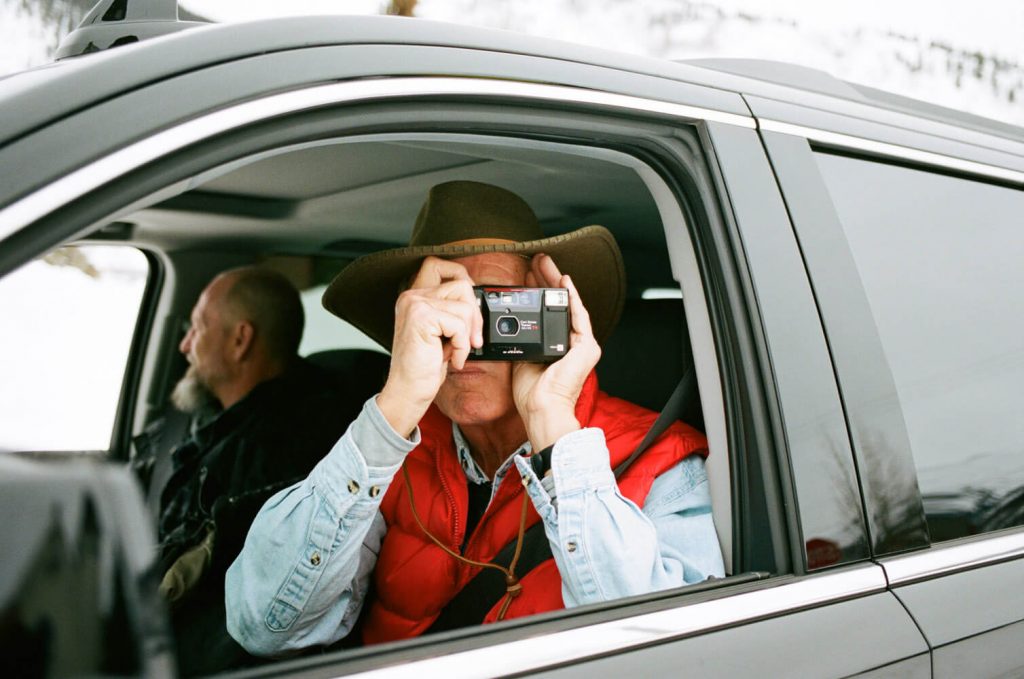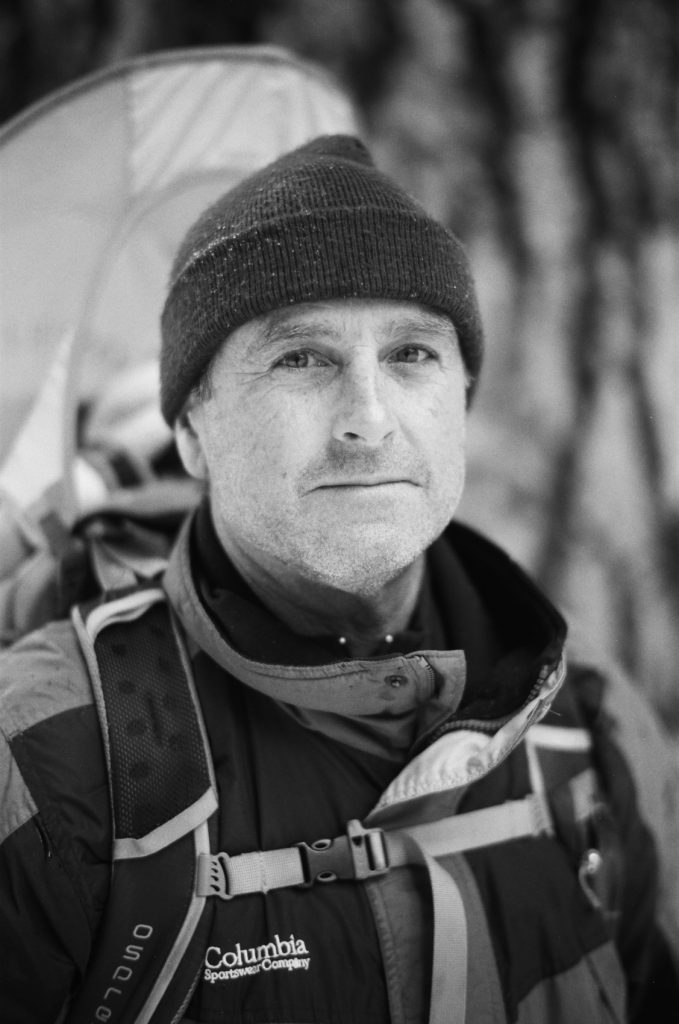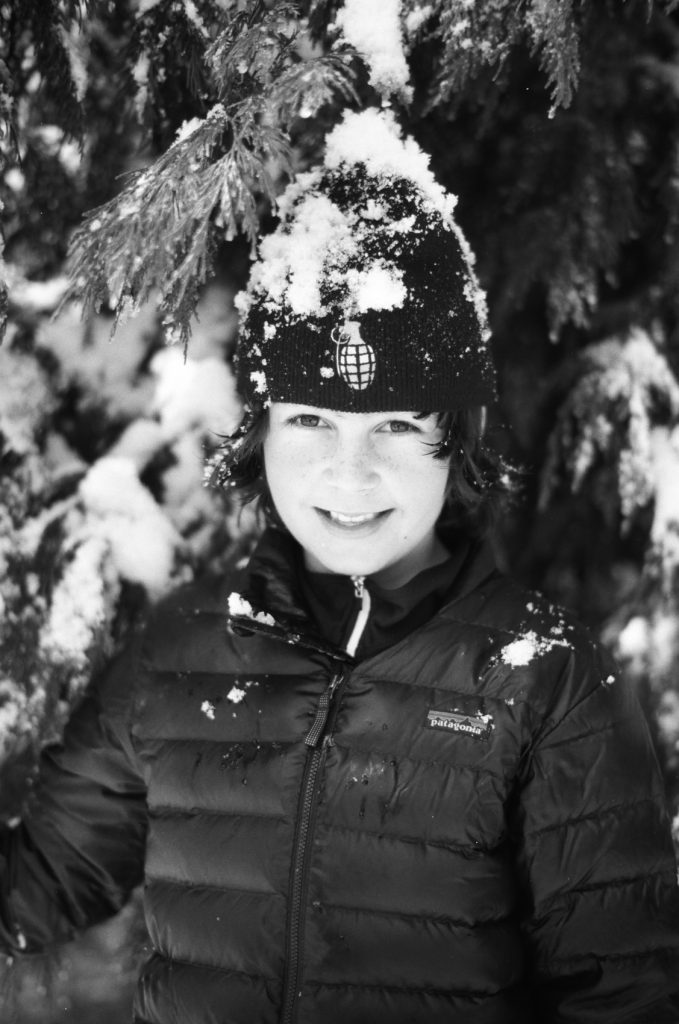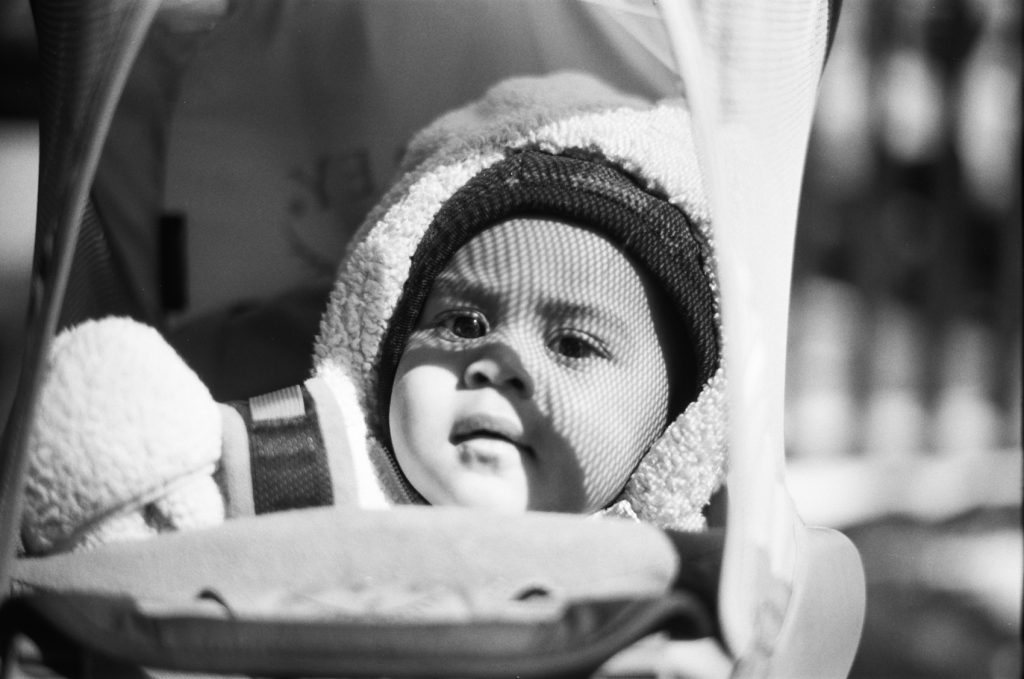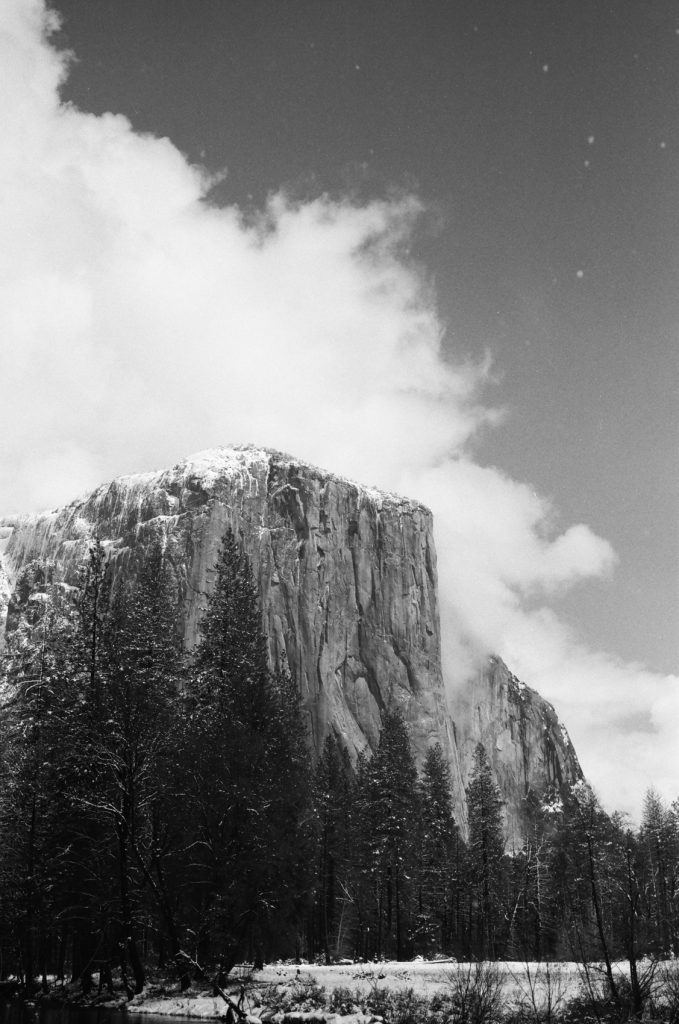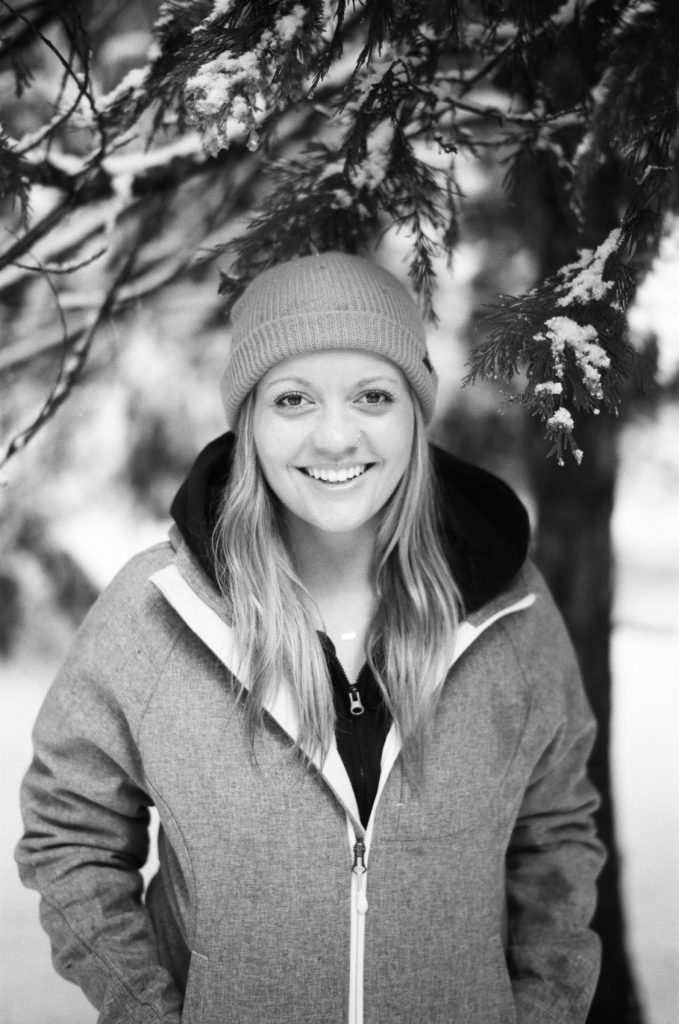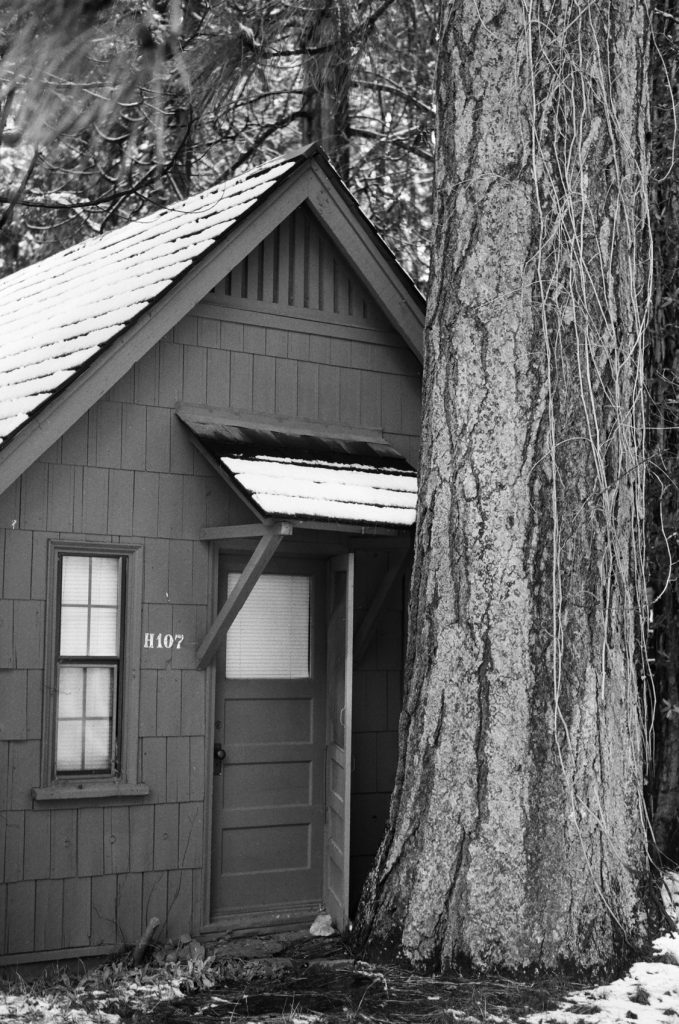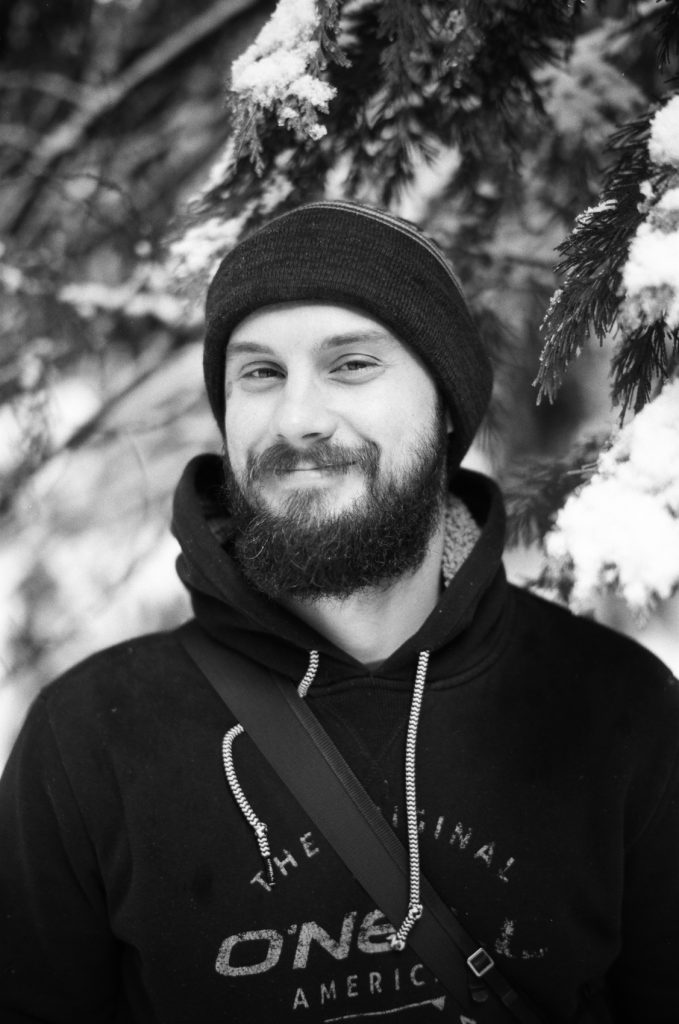We’ve talked about pushing & pulling film, done many film comparisons, and reviewed how to take double-exposures. So far, our blogs have been very technically-driven. But there’s more to shooting film than gear and the technical process. It’s about capturing moments in a unique way that only film can.
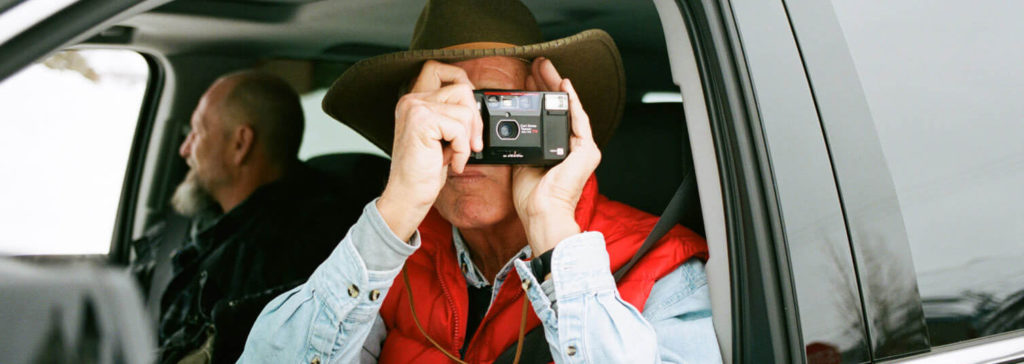
The catch? You’re capturing life 24-36 frames at a time. Or less if you’re shooting a larger format. Given most of us are on some sort of a budget, burning through multiple rolls every outing isn’t always practical.
The Darkroom 10 or 36 Challenge — In the spirit of making every frame count, we challenge you to do a “10 of 36” by posting your ten favorite frames from one roll and use the hashtag #TDR_10of36. Be sure to mention the film type and the camera/lens you used. We’ll feature some of our favorites!
So how do we shoot with intentionality and make every frame count? Here are a few of our favorite strategies!
1. Pick a project.
Some of you may know exactly what you want to photograph but if you’re looking for some direction or inspiration, try dedicating each roll to a specific project or subject. Think about what inspires you, what you enjoy doing, places you enjoy exploring and apply that to your photography. For example;
- Portraits of strangers
- Unusual places
- Morning Routine
One of our favorites right now is the “10 of 36” project which encourages photographers to tell a story with 10 frames from every roll. Our chief photographer, Trev Lee, has been using this approach for two years now and it has helped him tell a better story and capture the beauty in everyday life.
See our 10 of 36 examples below.
2. Choose your film.
Pick a film that will be best for what you want to photograph. Taking portraits? Try Kodak Portra or FujiFilm Pro400H. They both capture people beautifully. Looking to focus less on color and more on emotion? You may want to go with a black & white film.
There are many things that could factor into your decision: lighting (or lack of), grain, exposure latitude, pushing and pulling, etc. But don’t over think it. And if you want any suggestions, just ask us—we’d love to give you recommendations of film that would fit your project!
3. Think before you shoot.
When you’re framing your shot, think before you *click*. Is it a photo you would want to print or share? Is it something you will be truly glad you captured? Don’t waste frames on something you’re not excited about. If it doesn’t spark something in you, well, it might not be the droid you’re looking for. Move along.
4. Get to know your camera and how to meter.
If you know your camera like the back of your hand, you can focus more freely on the creative side and be in the moment instead of fiddling with your settings. The best way to understand your camera is to use the manual meter and take notes (in your head or on paper) on how you meter. When you get your scans back, you can see your results and decide if you need to change the way you’re shooting. Eventually, you’ll get the hang of it and you’ll find yourself thinking less about the technical side and more about your scene/subject.
5 . Experiment!
These are all just suggestions. There is no one right way to make every frame count—you just have to get out there and shoot! Experiment with different film types, different cameras, different focal lengths, settings, and approaches. But above all, have fun. The more you enjoy it, the more you’ll shoot—and the more you shoot, the more you’ll learn!
The Darkroom challenge — we’d love to see your 10 of 36’s. Use the hashtag #TDR_10of36 to share your film stories and we’ll share some of our favorites!
Kodak Portra 400 / Canon Rebel Xs – 40mm f/2.8
Silverton, CO 10 of 36 (part 1 of 2)
Kodak Portra 400 / Canon Rebel Xs – 40mm f/2.8
Silverton, CO 10 of 36 (part 2 of 2)
Ilford PanF 50 / Leica M7 – Summilux 50mm
Yosemite Family 10 of 36





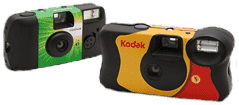
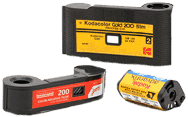
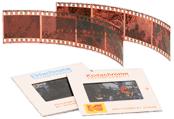
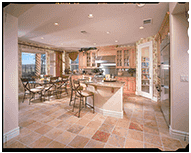





 Gift Cards
Gift Cards Film Index
Film Index FAQ
FAQ Desktop Framed Prints
Desktop Framed Prints








